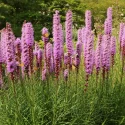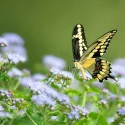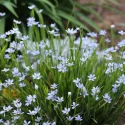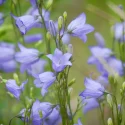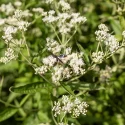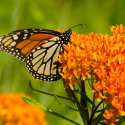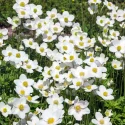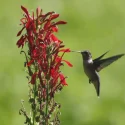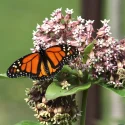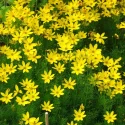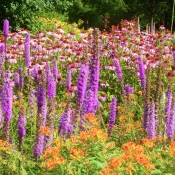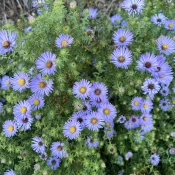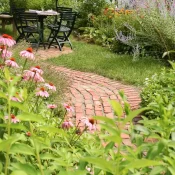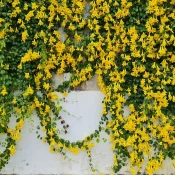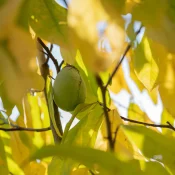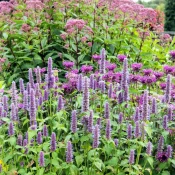What is a native plant?
A native plant is a plant that has grown in an area for thousands of years. Native plants are built to thrive in their home area’s weather, temperature, and soil. They are also the preferred food and habitat for the bugs, butterflies, birds, and animals in their home area. Scroll on to read more benefits (including less yard work.)
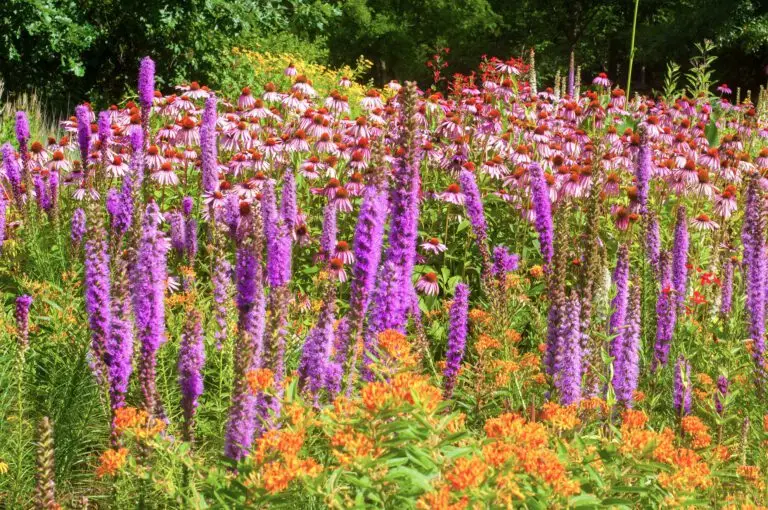
You’ve most likely heard the term ‘native plant’ and wondered what it means. In this article, we will discuss what makes a plant native, why native plants are important, and introduce a few native plants you may already be familiar with.
Let’s dig in, shall we?
What is a native plant?
A native plant is a plant that has lived in its home area for thousands of years—through every drought, storm, and flood. Native plants live, grow, and reproduce without any human assistance. The only thing they need to survive is the soil, seasons, and water naturally found in their home area.
Native plants help give butterflies, bugs, and birds the food and shelter they need to survive. Some of our most movie-star-like animals, like monarch butterflies, also need native plants to survive.
Native plants are important food for butterflies, bugs, and birds
Every native plant is the preferred home or food source for your area’s butterflies, bugs, birds, and animals. Over thousands of years, these animals, bugs, and birds have evolved to eat the plants in their home area. Their sight may have evolved to see specific colors to spot the native plants they love, or they might build their nests in a species of tree that they know will entice the bugs to help them raise their young.
These relationships to native plants are encoded in the bodies of bugs, birds, and animals. Planting native plants in our yards reveals surprising interdependent stories.
Many native plants are host plants
Sometimes native plants are not just the best food, they are the only food for certain species of bugs, butterflies, or birds. A specific plant that is a food source or home for an animal is called a host plant.
What is a host plant?
A host plant is a specific plant that a bug, butterfly, or caterpillar eats, lives on, or lays its eggs on.
One of the most well-known host plants is milkweed. Milkweed is the host plant for monarch butterflies. Monarch caterpillars only eat milkweed, and monarch moms only lay their eggs on milkweed to help ensure their young survive.
There are dozens of milkweed species to pick from
But did you know there are 100+ native milkweed species in North America? Find your favorite in our milkweed guide and plant some immediately.
Non-native flowers can provide nectar, but most are not host plants
Some bugs, butterflies, and animals will eat non-native plants, too. For example, butterflies will sip flower nectar from any flower they can—native or not! Bees and other pollinators will visit and stumble around in the pollen of many flowers, regardless if it is from your home area or native to a place thousands of miles away. There are a rare few non-native plants that are host plants—parsley and dill (native to the Mediterranean and Europe, respectively) are host plants for swallowtail butterflies. However, the vast majority of non-native plants do not provide host plant powers for North American butterflies.
Now that we’ve covered the benefits of native plants and host plants, you might be looking around your yard and wondering:
If a plant is not native, what is it?
Any plants that are not native to our home area are native to somewhere else in the world. Here are the home areas for some popular landscaping plants that are found all over North American yards (but are not from North America.)
Common non-native plants in our landscapes
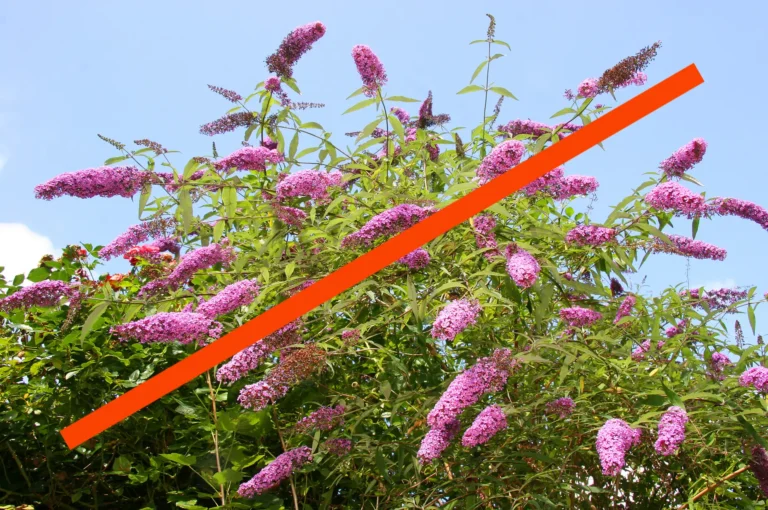
Butterfly Bush
Butterfly Bush is native to China. They are also an invasive species due to their ability to reproduce and overtake areas quickly.
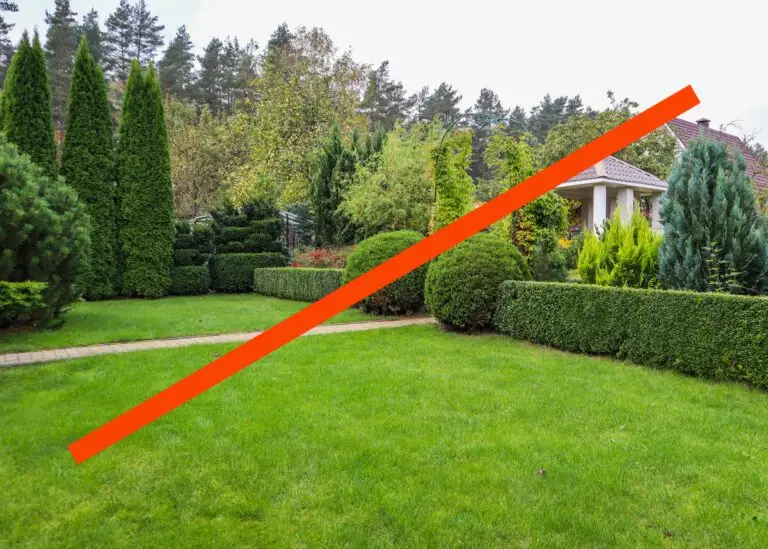
Boxwood Shrubs
Boxwood shrubs are sometimes shaped evergreen shrubs found in millions of suburban yards. (This landscaping trend goes back to Marie Antoinette‘s time.) Boxwoods are native to Africa, Asia, and Europe.
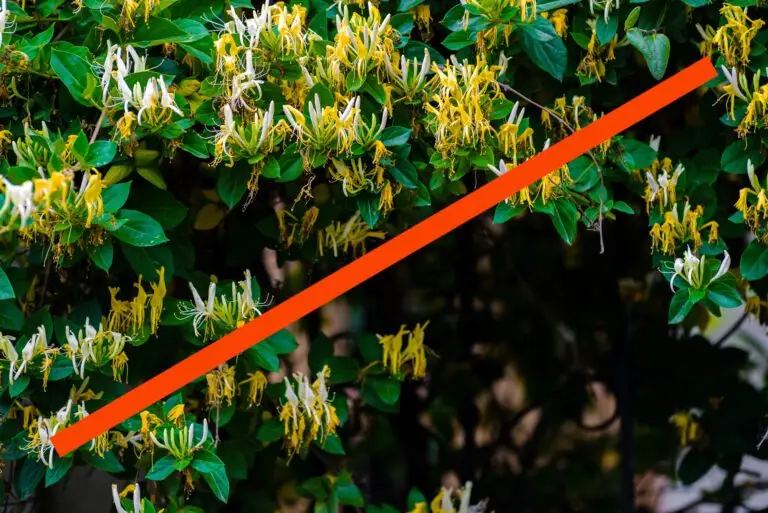
Japanese Honeysuckle
Japanese Honeysuckle’s white flowers are now found everywhere, but it was brought to the US from Japan in 1800s. It is one of the most common invasive species in North America.
Those are just a few non-native and invasive plants often found in our yards and landscapes. Visit our Most Common Invasive Species article to meet some more.
Now you may be wondering:
Are non-native plants bad?
While some non-native plants may flourish, they take up space and nutrients from native plants that support our home area’s health. Non-native plants do not provide the homes and food our pollinators and wildlife need to survive. When we remove native plants from the landscape, we also remove the butterflies, bees, and birds that make our areas thrive. Plant native whenever you can.
However, there are some truly bad non-natives. These plant villains deserve to be destroyed immediately.
The non-native plants that are truly bad get the designation of being invasive.
Non-native *invasive* plants are bad
Some non-native plants are so harmful to our environment that they get a special designation of invasive. Invasive plants are so successful at growing and reproducing, they can choke out native plants and wildlife.
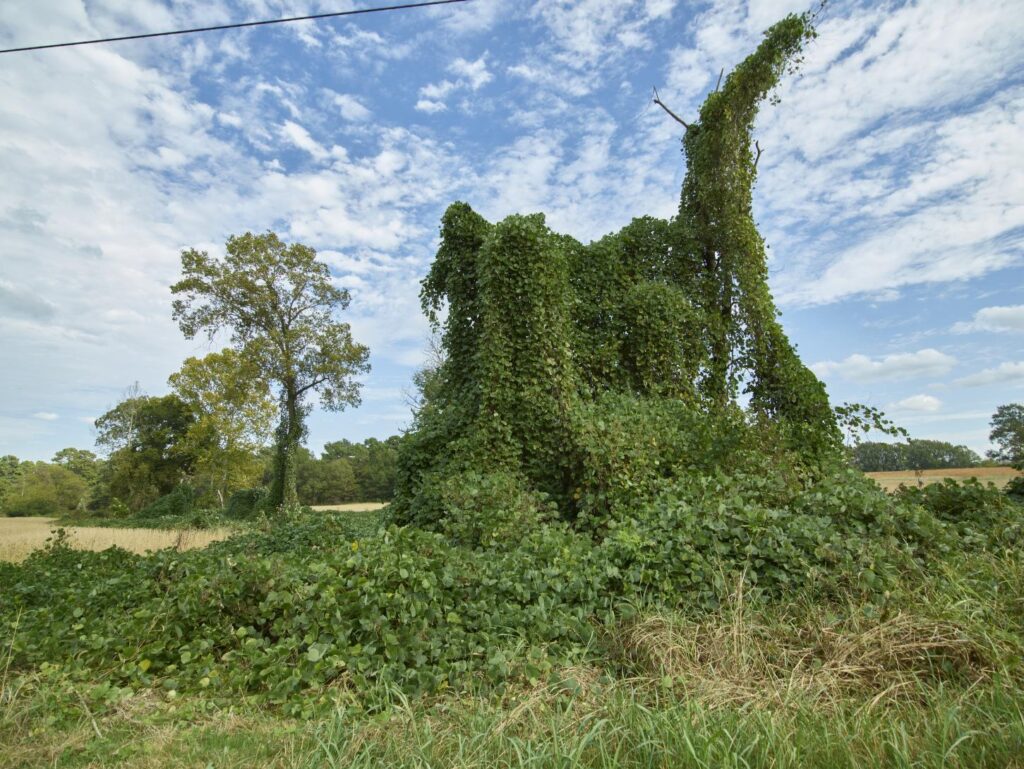
A perfect example of an invasive non-native plant is kudzu. Kudzu is native to Japan. It was brought to the US in the 1800s as an ornamental plant for landscaping. The weather in the south is similar to the weather in Japan, giving the plant the perfect environment for the kudzu population to explode.
This non-native invasive plant has sadly overtaken many fields, roadsides, and forests throughout America. Its vines quickly cover native plants and trees, killing them by blocking light. It is one of the most common invasive species in North America.

The benefits of planting native: time, water, money
And, as mentioned earlier, native plants literally plant themselves, so we can easily plant them too. Native gardening is a huge help when it comes to decision-making, time, water, and money. Let’s explore these four major benefits:
1. Planting native can make gardening easy
Gardening from scratch can be overwhelming. Plant nurseries and garden centers are flooded with options for our gardens, with little information on how to pick besides being called an ‘annual’ or a ‘perennial’. Terms like hardiness zones or Latin names can make something as simple as planting a plant feel like a complicated test.
The first step to planting a native garden is deciding you will do just that: plant native! Sticking to native plants will instantly reduce the number of decisions you need to make. With this one decision, you can visit the nursery or shop seed catalogs and quickly find plants for your garden. There are also plant nurseries that specialize in native plants, to make it even easier. (Here is our easy four-step process to start a native garden.)
2. Planting native can save time
We’ve done the math: lawns can take up to 2400% MORE WORK than a native garden. All that mowing, fertilizing, seeding, and watering for a lawn adds up quickly. And not only that—you have to do that level of care every year to keep the lawn up. What a huge time-suck.
On the other hand, you can plant native perennial plants once, and watch them come back healthier and bigger year after year. Native plants do not require fussy gardening needs like fertilizing or chemicals. Spend an afternoon planting native and your garden can be set for literally years. Now sit back and enjoy your native garden and watch the butterflies, and think of all the time you’ll get back.
3. Planting native can take less water
After getting established, most native plants thrive with just rain. (Compare that to lawns: did you know that some lawn companies recommend watering lawns 3x a week in the summer?!) Native plants have flourished across thousands—sometimes millions!—of years and seen every sort of weather in their home area. They have survived every drought, rainy season, hurricane, or snowstorm. They will thrive in your yard.
4. Native plants can save you money
Lawn care can quickly turn into $500-1,000+ a year. Non-native plants like tulips, roses, and dahlias can cost $3-8 per bulb, or $45+ for each plant. Non-native annual plants that only last a year—like impatients and petunias—have to be bought and planted every single year. It all adds up quickly, not to mention adding the water bill on top of it all.
Enter native plants, particularly native plant perennials. Perennials are plants that come back year after year. Plant once (via seed or affordable starts) and watch them come back better than ever in future seasons.
Where can I find native plants?
Looking for native plant sources can be challenging; most big-box stores and some local nurseries only care a few native options. To make finding native plants easier, here are reliable sourcing ideas:
Where can I find seeds and plants?
Finding native plants can be challenging (we partly blame Marie Antoinette.) To make it easier, we’ve assembled four sourcing ideas.
Native Nursery List
300+ native nurseries makes finding one a breeze
Online Native Plant Sellers
We've included 100+ online resources to help
Society Plant Sales
Every state has a native plant society; find yours
Online Communities
Local Facebook groups are a great plant source
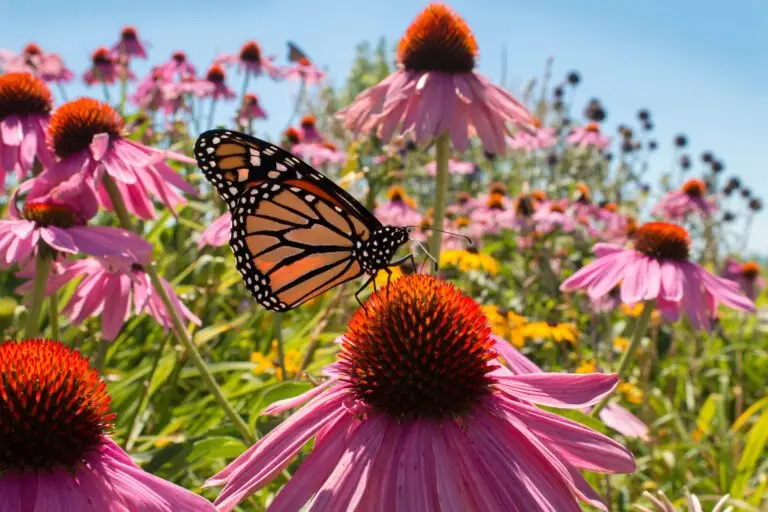
5. Native plants give everyone a “green thumb”
Planting native plants significantly increases your rate of gardening success. Have you ever joked about your “black thumb,” or watched plants wilt or die after you’ve planted them? It may be because they were non-native, and not built to live in your home area. Native plants will always be the best choice for where you live. They are best suited for the soil, weather, and seasons in your area. Often, after the first year getting established, all they need is the water from normal rainfall to thrive.
6. Finally, native plants are gorgeous
Every single zip code in America has dozens of show-stopper native plants that will light up a front garden, create a beautiful backyard oasis, or provide *the perfect* statement tree.
There are huge trees with tulip flowers, shade-loving plants with leaves every shade of the rainbow, shrubs with flowers that smell like strawberry-pineapple, and flowers with names like Rattlesnake Master. Here are some native plants that will quickly become your favorites.
To wrap things up, native plants have planted themselves for thousands (sometimes millions!) of years. They are made to thrive in our gardens. Native plants give the food and homes to some of our most iconic animals, like Monarch and Swallowtail butterflies and hummingbirds. Planting native also saves time, water, and money—especially compared to lawns and non-native gardens. Planting native is always a good choice. Happy planting!
Looking for some more native plant inspiration? Here you go:
Sources
- Harstad, Carolyn. Go Native! Gardening with Native Plants and Wildflowers in the Lower Midwest. (1999).
- Nelson, Gil. Best Native Plants for Southern Gardens: A Handbook for Gardeners, Homeowners, and Professionals, (2010).
- Hodges, Alan W., Charles R. Hall, Bridget K. Behe, and Jennifer H. Dennis. “Regional Analysis of Production Practices and Technology Use in the U.S. Nursery Industry”, HortScience horts 43, 6 (2008): 1807-1812, https://doi.org/10.21273/HORTSCI.43.6.1807






